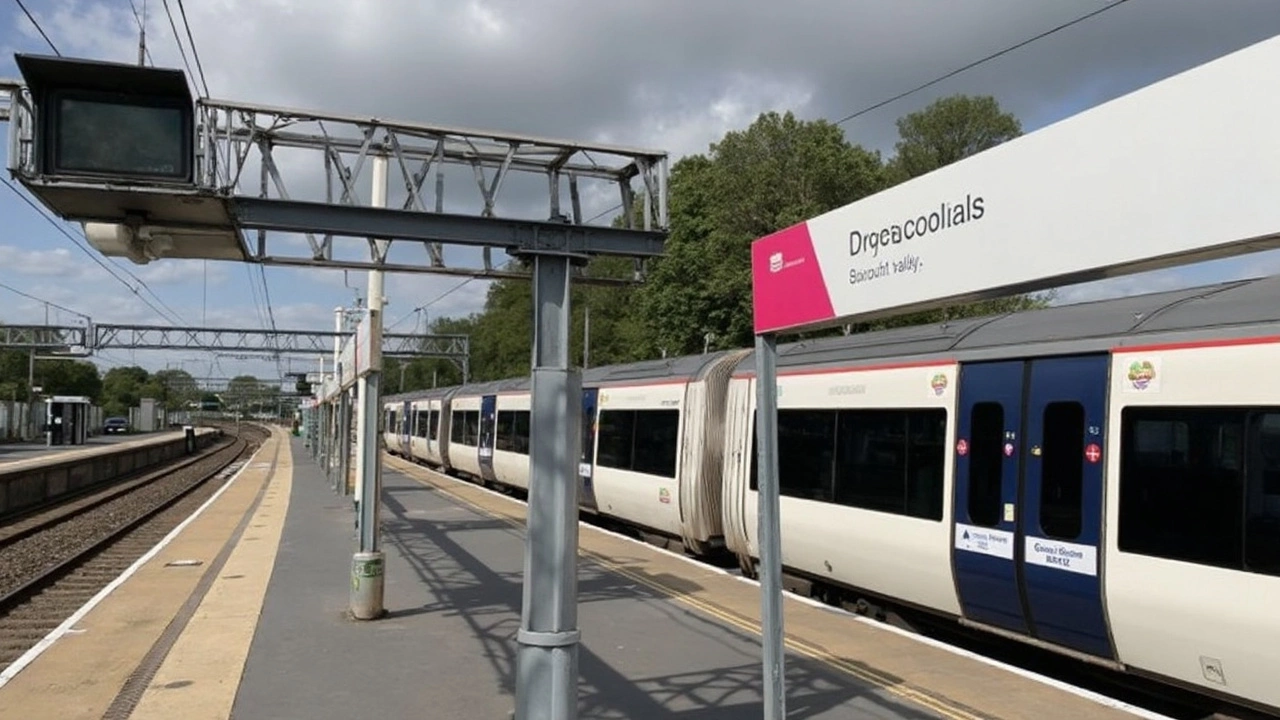Transportation: Why the Essex‑Kent Superlinks Matter
If you’ve been keeping an eye on UK transport news, you’ve probably heard the name "Essex‑Kent Superlinks." It’s a proposal that could change how people and goods move across the Thames. Instead of spending billions on a new road tunnel, the idea is to build a mix of rail, ferry and freight links that cost less and cause less traffic. Let’s break down what this plan is, why it matters, and what it could mean for everyday travellers.
The Superlinks Proposal Explained
The Transport Action Network (TAN) says the Lower Thames Crossing will cost about £10 billion and still add more lorries to the roads. Their alternative, the Essex‑Kent Superlinks, would link the two counties with a rail line, new ferry routes, and upgraded freight tracks. The rail link would let commuters hop on a train in Essex and get to Kent in under an hour. Ferries would give a quick, scenic crossing for cyclists and drivers who prefer a short drive.
Key to the plan is improving rail freight. By adding more capacity for freight trains, fewer trucks would need to haul goods across the bridge. That could cut road wear, lower emissions and make deliveries more reliable. TAN even got support from ASLEF, the train drivers’ union, which shows there’s backing from people who run the rail network every day.
What This Means for Commuters and Freight
For a daily commuter, the Superlinks could mean a cheaper and faster journey. Instead of battling rush‑hour traffic on the motorway, you could catch a train that runs every 15 minutes. The ferry option adds flexibility for those who live near the water and want to avoid the car altogether. Both options cut down on fuel costs and stress.
Freight companies stand to gain a lot too. More rail paths mean larger loads can move without the bottlenecks that trucks face on busy highways. This could lower shipping costs and reduce the carbon footprint of the supply chain. In the long run, businesses might see faster delivery times and fewer delays caused by road accidents or weather.
Local communities also benefit from less heavy traffic. Fewer lorries on the roads mean lower noise levels and cleaner air. The project could create new jobs during construction and later in the operation of the rail and ferry services. Plus, a modern transport hub can boost tourism by making the region more accessible.
Critics worry about the upfront cost of building new rail and ferry infrastructure. However, TAN argues that spreading the expense over several years and avoiding the massive tunnel cost saves money in the long run. They also point out that the environmental gains are worth the investment.
So, should the government back the Superlinks? Many think it’s a smarter, greener alternative to more roads. If the plan moves forward, it could set a precedent for other regions looking to balance cost, speed and sustainability in transport planning.
In short, the Essex‑Kent Superlinks aim to give commuters, freight operators and local residents a better way to cross the Thames without breaking the bank. Keep an eye on this story – it could reshape transport in the South East for years to come.
Transport Action Network Pushes for Affordable Essex-Kent Superlinks Over Lower Thames Crossing
Transport Action Network suggests replacing the £10 billion Lower Thames Crossing with a more economical Essex-Kent Superlinks. The plan includes a rail link between Essex and Kent, ferry services, and improved rail freight infrastructure to reduce lorry traffic. Backed by ASLEF, it's seen as a modern, sustainable alternative that could reshape regional transport and challenge current road expansion strategies.









